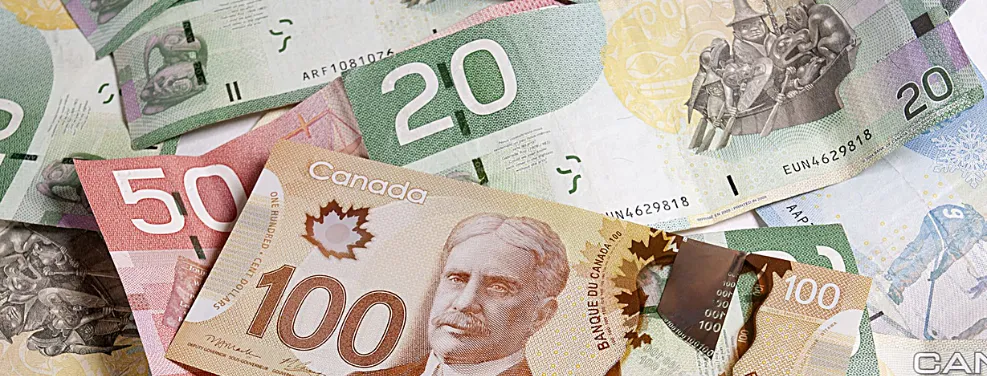Moving into a new rental home can be an exciting time, but it also comes with a lot of responsibilities. One of the most important things to learn about is the security deposit which is a sum of money that a tenant pays to the landlord at the beginning of a tenancy, usually at the time of lease signing. It serves as a way for the landlord to reclaim the value of any damages done to the rental property during the tenancy.
But what exactly does it cover, and how can you make sure you get it back at the end of your tenancy? In this guide, we’ll go over everything you need to know about security deposits and how to navigate the process smoothly.
What is a Security Deposit?
A security deposit (also known as a damage deposit) is a sum of money that is equal to or less than (but not more than) one month’s rent. When you sign your lease agreement, you’ll be required to pay it along with your first month’s rent.
What Does a Security Deposit Cover (or not)?
A security deposit can be used to cover the cost of any damages to the rental property during a tenancy that are outside of ‘normal wear and tear’ if the landlord and tenant completed written move-in and move-out reports. ‘Normal wear and tear’ cannot be covered by the security deposit even if it is written in the lease differently.
Damages includes things like broken windows, holes in the walls, and stains on the carpets. The Residential Tenancy Act (RTA) does not prohibit an agreement of fees and charges in addition to security deposit and rent, however, a ‘refundable deposit’ in addition to a security deposit is not allowed if it exceeds the value of the first month’s rent. The security deposit can be used to cover other arrears or charges even if there are no inspection reports.
The security deposit is not to be used as the last month’s rent, which a tenant is responsible to pay, the value cannot be raised at a later time, and in Alberta, there is no interest accumulated on it.

How to Get Your Security Deposit Back
At the end of your tenancy, your landlord will perform a move-out inspection to assess the condition of the rental property. If there are no damages or unpaid bills, you should receive your security deposit back in full. However, if there are damages or unpaid bills, your landlord will deduct the cost first.
To ensure that you get it back, it’s important to take good care of the rental property. This means being mindful of any damages you cause, fixing any problems as soon as they arise, informing the landlord of maintenance issues immediately, and being responsible with your rent payments.
It’s also a good idea to document the condition of the rental property when you move in. Take photos or videos of the rental property to show its condition when you moved in. At Equity Rentals, we provide a full report to the tenant including pictures at both check-in and check-out and a 24/7 phone service for emergency maintenance calls.
Final Thoughts
A security deposit can seem like a lot of money, but it’s a necessary part of renting a home. By understanding what it covers and how to get it back, you can avoid any surprises or disputes with your landlord at the end of your tenancy.
If you’re looking for a place to rent, visit our listings page or contact us today with your questions. We’ll help you make your best move!




